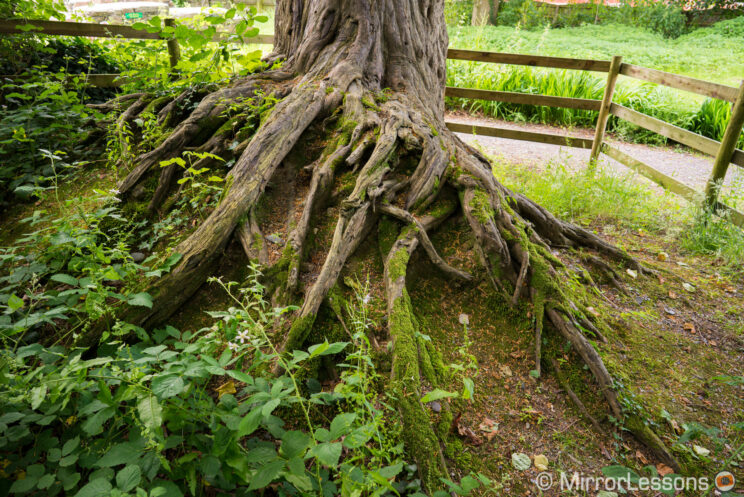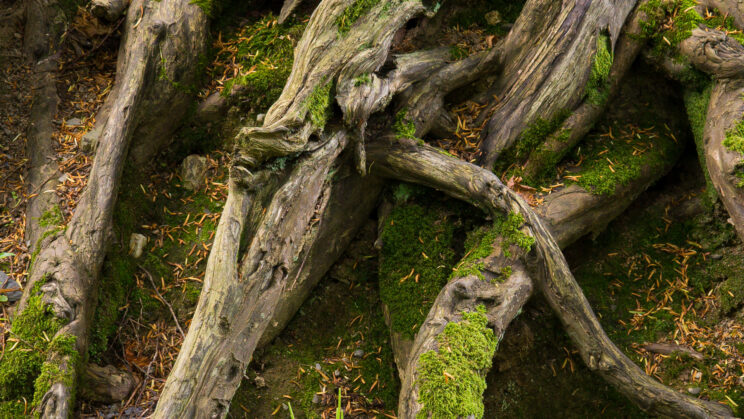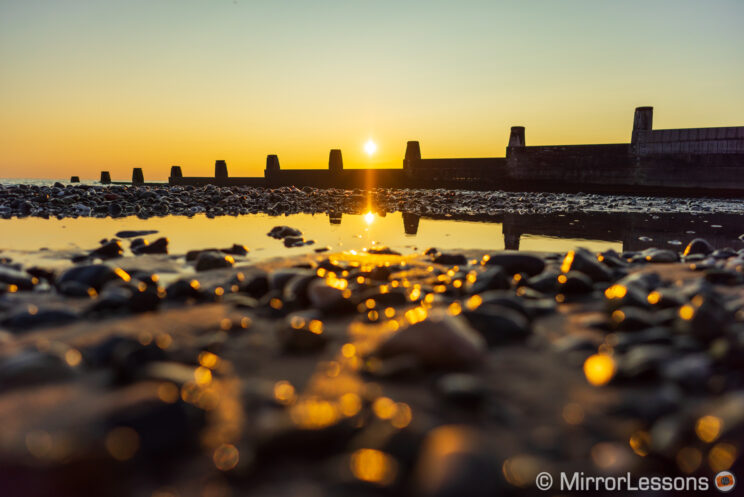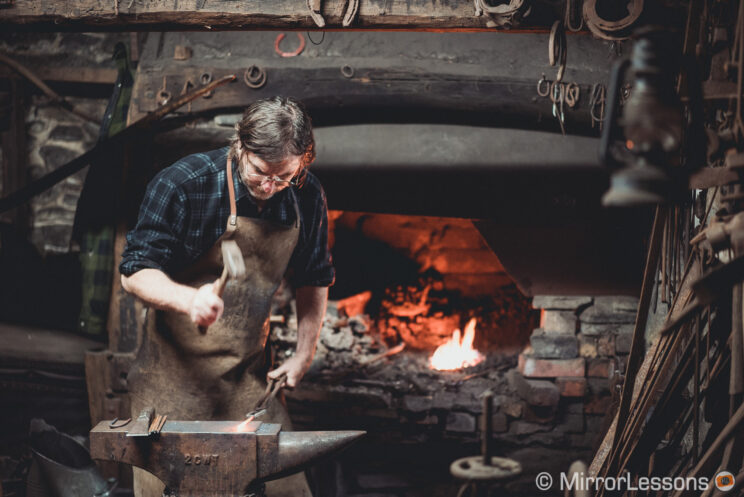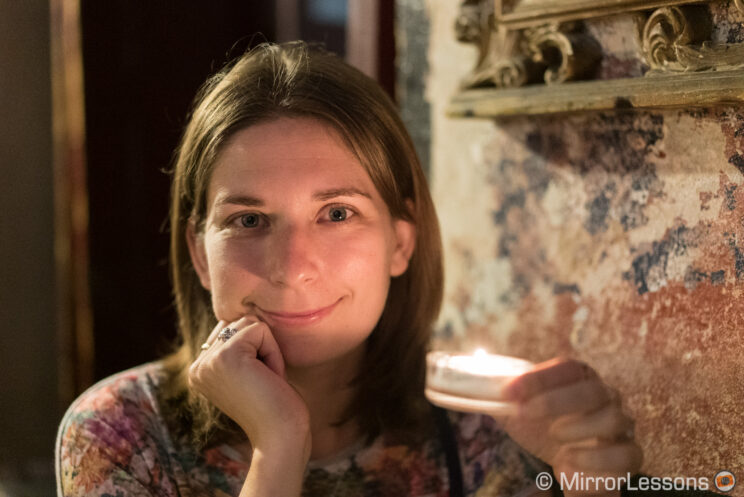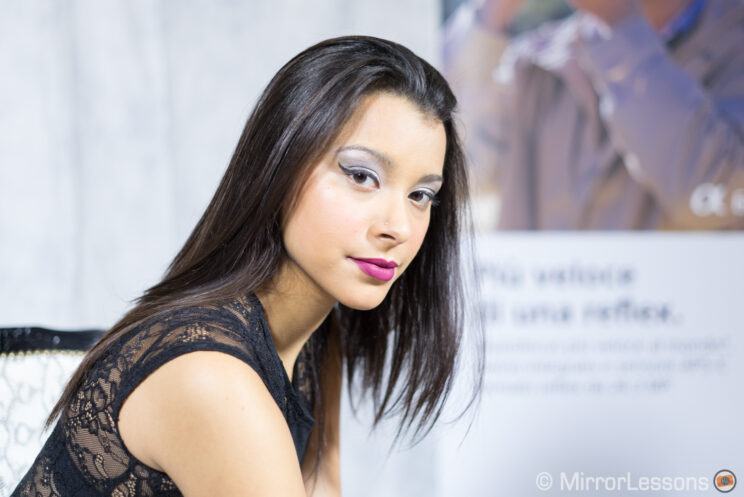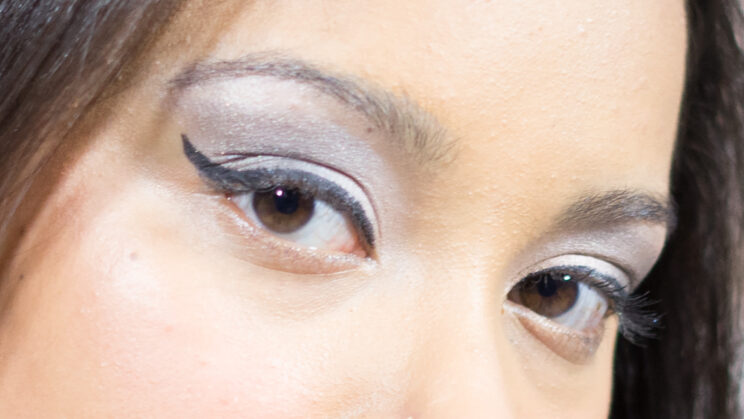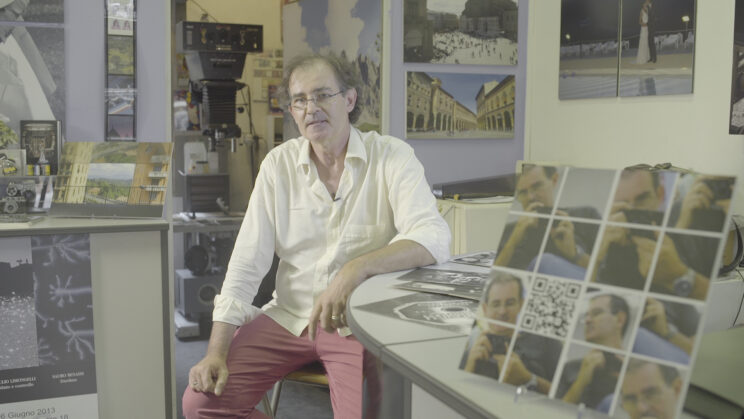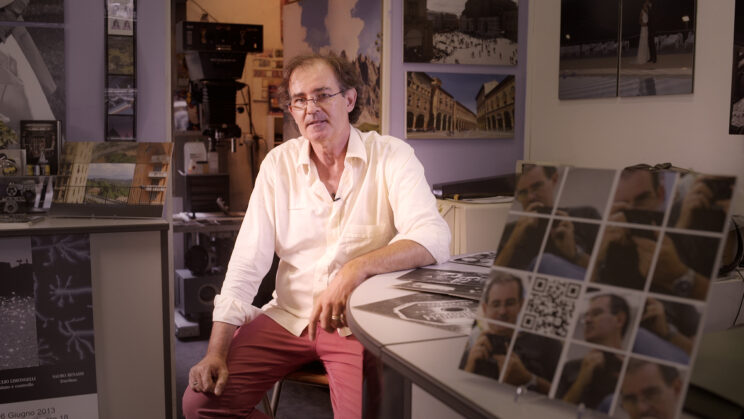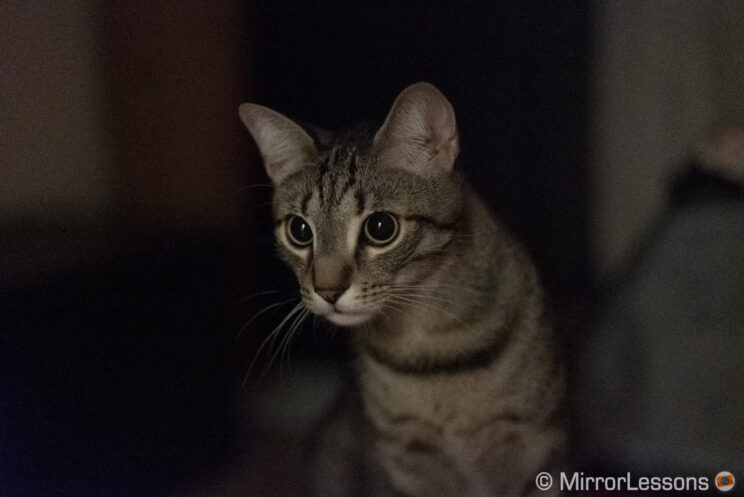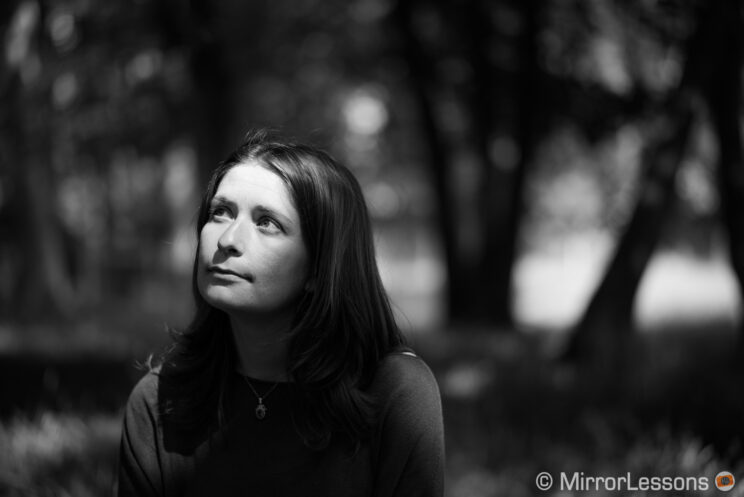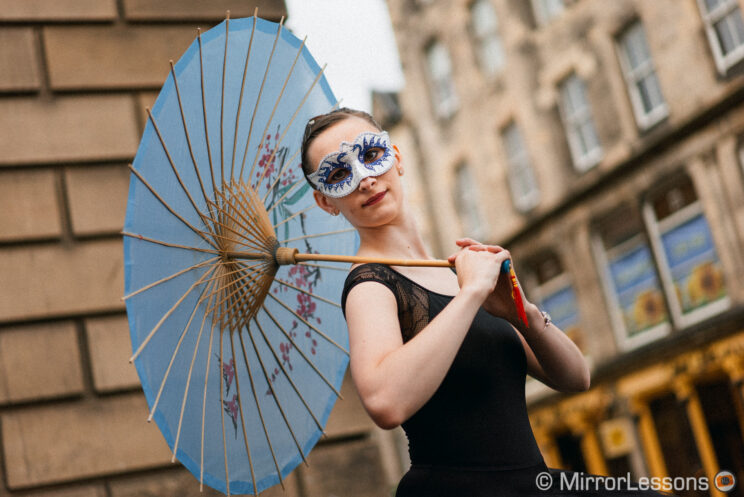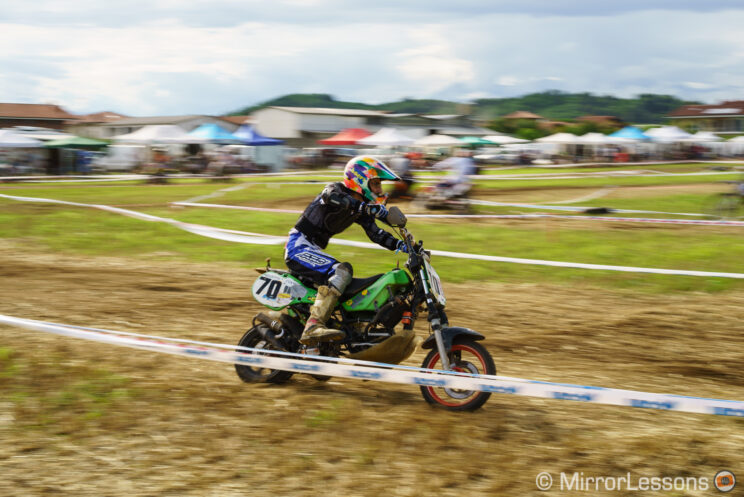The Sony A7S arrived in June 2014, six months after the A7R (and A7), and completed the trio of compact full frame camera launched by Sony. They all share the same body design, but each has its own distinctive characteristics when it comes to sensor and image quality.
The A7R and A7S have various things in common but are also very different when it comes to the end use they have been designed for. Let’s see how they compare.
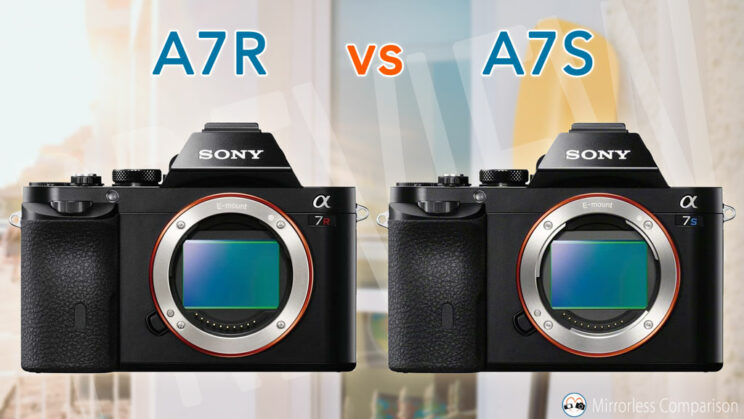
Ethics statement: the following is based on our personal experience with the A7R and A7S. We were not asked to write anything about these products, nor were we provided with any sort of compensation. Within the article, there are affiliate links. If you buy something after clicking the link, we will receive a small commission. To know more about our ethics, you can visit our full disclosure page. Thank you!
1. Image quality
The A7R has 36.4MP whereas the A7S has 12.2 megapixels. This is a big difference between the two full frame cameras and highlights the different audiences they target.
The “R” stands for resolution and aims at photographers who can make use of such a high resolution, whereas the “S” stands for sensitivity and aims at users who need good image quality at high ISO for stills and video. The A7R doesn’t have a low pass filter to further strengthen its fine detail rendering capabilities, whereas the A7S has one to optimise the quality in video mode.
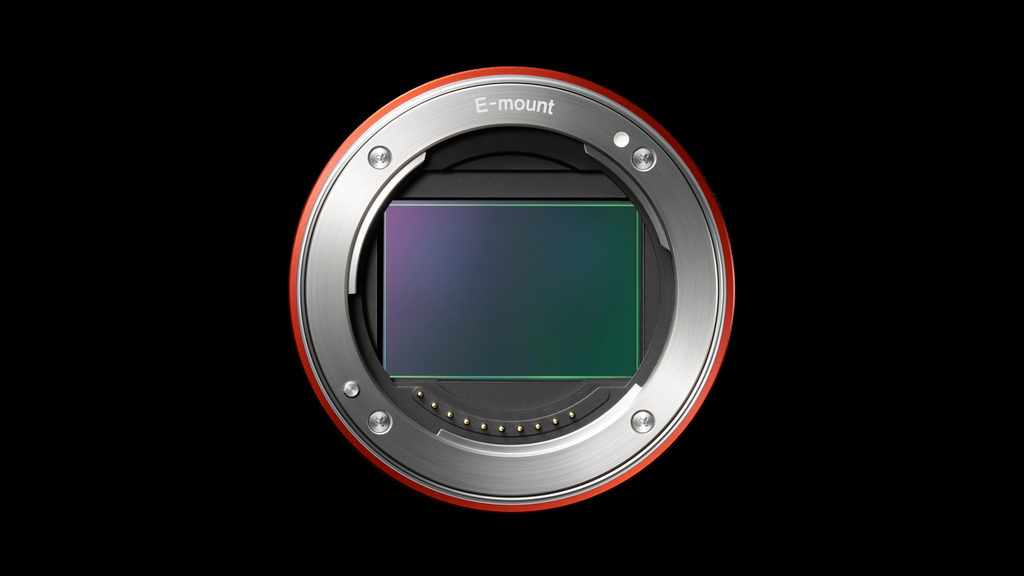
Thanks to the much lower number of pixels on the sensor, the A7S can stretch its ISO range from 100 to 102,400 (or 50 to 409,600 with the extended values).
By comparison, the A7R has a more modest range of ISO 100 to ISO 6400, while the extended levels are ISO 50-25600.
As you can imagine, choosing one or the other comes down to what you prioritise regarding image quality.
The 36MP sensor on the A7R, with its 36Mp, delivers excellent details also thanks to the absence of the AA filter (provided that you mount a good lens on it). Dynamic range is also really good for stills when working with the RAW files.
The A7S is all about delivering high ISO images with contained noise levels, and it does so very well, making the camera ideal for events, low light work and any situation where you need to keep a reasonably fast shutter speed and can only work with ambient light. The sensor resolution certainly feels low but today’s standards, but 12MP can be enough for many applications.
Keep in mind that, although both cameras shoot 14-bit RAW files, they are compressed, meaning some data is lost along the way to create a smaller file size. Most of the time, this won’t be a problem, but potential A7R users should be aware of this if they intend to do a lot of demanding post production.
Another thing to keep in mind regarding the A7R is shutter shock, which can affect image quality severely. Basically, the movements of the mechanical curtains going up and down in front of the sensor when taking the photograph cause small vibrations that create motion blur on the image, and decrease sharpness as a result. You’re more at risk of shutter shock a certain shutter speeds between 1/5s and 1/400s, although keep in mind that this critical range will vary depending on the focal length used.
Unfortunately, shutter shock on the A7R is something you have to live with, because the camera doesn’t have an EFCS mode (Electronic First Curtain Shutter) which would solve the problem since the vibrations that matter are those produced by the first curtain. The best work-around is to avoid the critical shutter speeds as much as you can.
2. Settings for video
The primary target of the A7S is the video-maker. That’s why Sony made sure to include the Picture Profiles for the first time on the A7 series. These are a series of advanced parameters you can change to control colours, dynamic range, levels and more. They are very similar to the settings you find on Sony’s digital cinema camera.
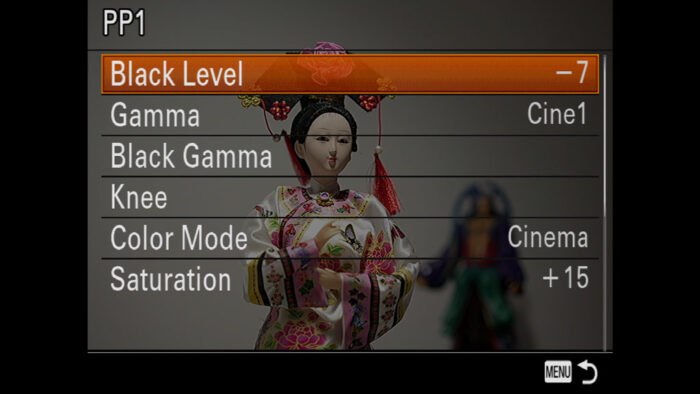
Among those settings, you will find the S-log2 gamma, which offers up to 14 stops of dynamic range. It records a very flat image with low contrast and saturation, but with more information visible in the highlight and shadow areas. You can then post process the footage with the help of a video editing software to add contrast, saturation and create the final look you desire.
Both cameras record Full HD, but with the A7S you can select the XAVC S codec which raises the bitrate to 50Mbps as opposed to AVCHD (28Mbps). Furthermore, the A7S can reach 120fps in HD (1280×720) but with an APS-C crop (1.5x).
Despite being more video centric, internal recording is 8-bit 4:2:0 on the A7S just like the R model. With the HDMI output, you get 8-bit 4:2:2 and, more importantly, the S model can output 4K resolution. However this means you need an external recorder to record 4K with the A7S.
The A7S has other professional settings you won’t find on the R model, including timecode, manual audio control, zebra and marker settings.
The quality of the A7S video footage is really excellent. Recording at ISO 25,600 or even 40,000 produces low noise. Below you can watch a video I made in 2014 featuring Italian photographer Giulio Limongelli who explains how he modified an old enlarger to print digital files with true emulsion on photographic paper.
When recording with S-Log2, you need to be aware that the minimum ISO available is 3,200. If you’re shooting outdoors, you’ll need strong ND filters to bring the brightness down.
There is an alternative: the Picture Profiles allow you to create a beautiful cinematic look even without using S-Log2, and that will also lower the amount of colour grading in post. Keep in mind though that the Picture Profiles require a learning curve if you’ve never used them before (find out more about the Picture Profiles in our in-depth guide).
3. Autofocus sensitivity in low light
Both cameras have a contrast-only detection system with 25 areas.
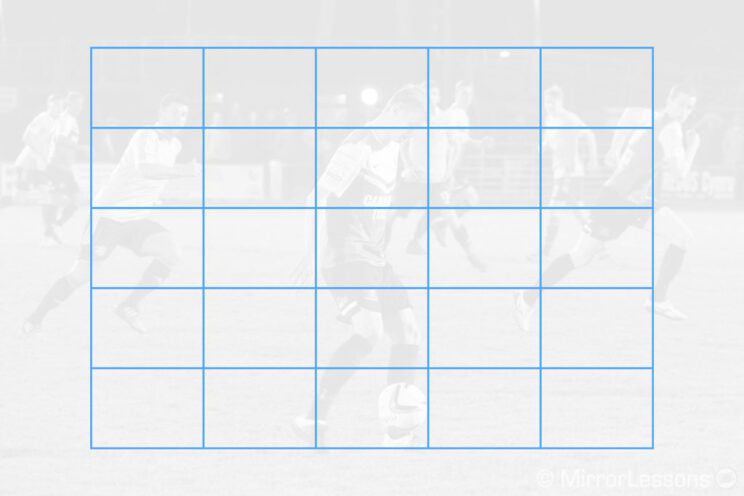
The biggest difference is the minimum sensitivity in low light: whereas the A7R has a rating of 0Ev with a F2.8 lens, the A7S goes down to -4Ev with a F2 lens. This means that the S model has a total of 3 stops of extra sensitivity.
Both cameras have Eye AF but it works in S-AF only.
I find the A7S quicker and more reliable overall than the A7R when using the Single AF mode, but neither will do great with fast moving subjects. Despite the higher sensitivity, the S model is not very reliable in video mode when using C-AF.
4. Silent shooting
The A7S is the first A7 camera to offer a full electronic shutter mode, which allows you to take pictures without making noise (referring to the noise of the mechanical shutter). That’s why Sony calls it Silent mode.
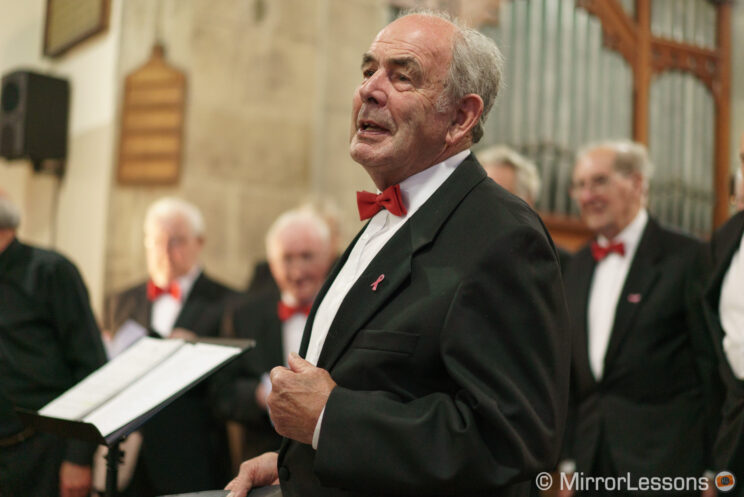
The silent mode was very useful when I took pictures of this male choir concert in Wales.
The electronic shutter can be very useful, but here are some limitations you need to remember:
- with artificial light sources like LED or fluorescent lights, banding can appear on the image
- with fast camera movements, distortion can appear (for example the vertical lines of a building becomes diagonal). This is known as rolling shutter effect.
The A7S, being an old camera, doesn’t have a fast sensor readout compared to more recent models, so these issues will ruin your images if you’re not careful. I advise you to take some test shots if you have doubts.
The A7R doesn’t have any full electronic or electronic 1st curtain option.
5. Continuous shooting speed
Neither camera has impressive burst speeds, but the A7S does a bit better, with a maximum of 5fps when using the Speed priority mode (meaning that capturing the shots is prioritised over focus accuracy). If you want focus priority, the speed lowers to 2.5fps.
The A7R can work up 4fps but focus is locked on the first frame, which means it won’t work great with moving subjects. If you want continuous autofocus, the maximum speed is 1.5fps.
Sony A7R vs A7S: all the similarities
Sony uses the same design (and many features) for multiple cameras linked to the same generation. This means the first A7, A7R and A7S have identical bodies and controls.
The dimensions are 126.9 x 94.4 x 54.8mm, but the A7S is a bit heavier (489g vs 465g for the R model). They have dust and moisture resistance and a magnesium alloy frame.
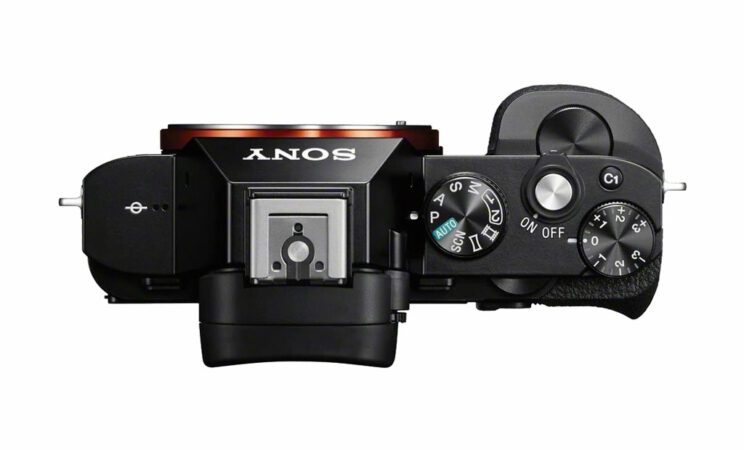
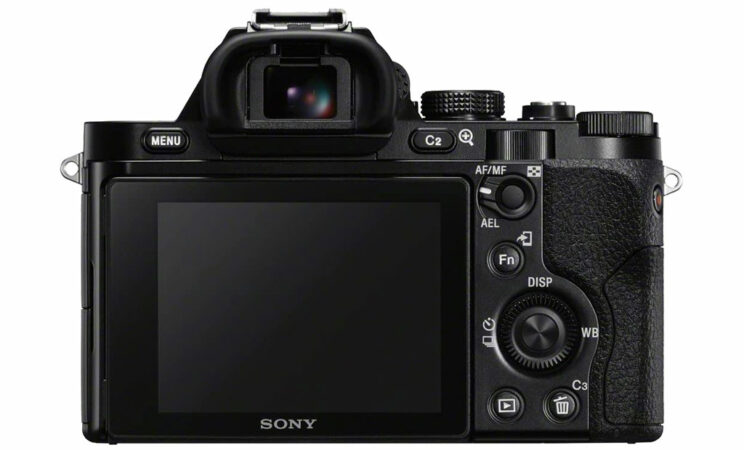
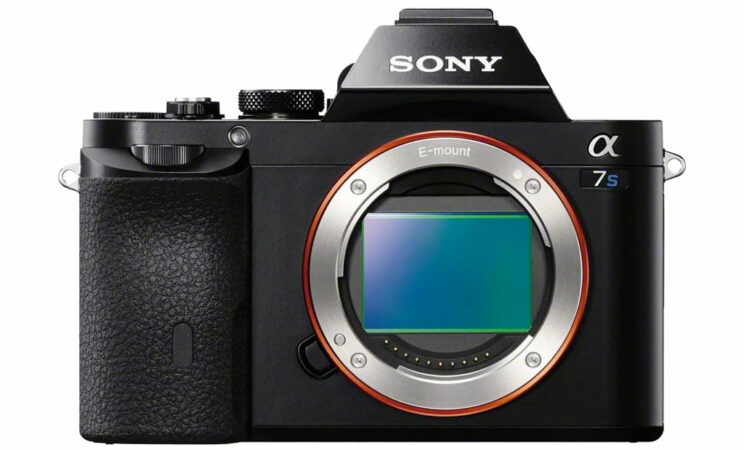
Being the first generation of Sony cameras, they are not my favourite when it comes to ergonomics, especially with the position of the shutter button (I prefer it on top of the front grip) and the video recording button (it’s in an awkward location and is too small). Also, there is no AF joystick and no touch sensitivity on the LCD screen.
Fortunately there is a good amount of customisable buttons, and some handy controls like the the AF/MF/AEL switch on the rear and the exposure compensation dial on top.
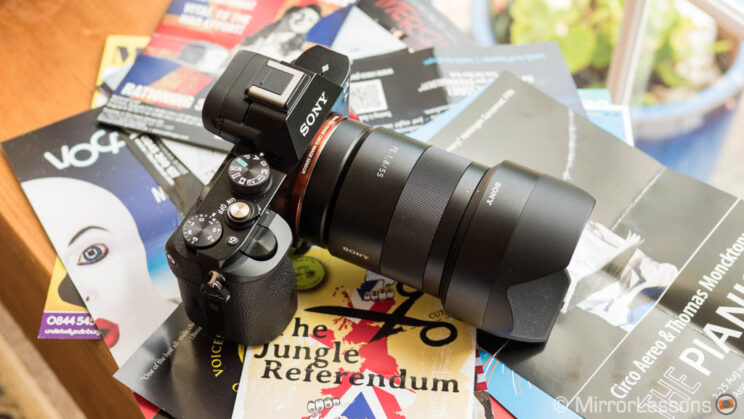
The two cameras use the same electronic viewfinder with a good resolution of 2.36M dots and a decent magnification of 0.71x. The eyepoint length is 22mm.
Neither of them has internal stabilisation, so you have to rely on optical stabilisation or external camera supports (tripods, gimbals).
Both cameras have a microphone input and a headphone output, a Micro USB 2.0 port and micro HDMI.
There is one SD cad slot (UHS-I) with its dedicated compartment on the side.
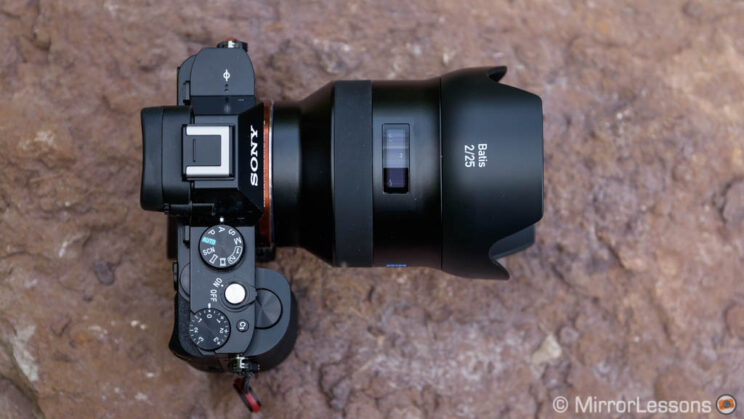
The battery is also the same (NP-FW50). The A7S has a higher rating of 380 shots per charge, versus 340 for the A7R (source: CIPA). However, in my experience, battery life is not great on either camera, so I strongly advise you to buy some spare batteries.
Finally, a few words about the price. Both cameras have been discontinued for some time, which means that your best chance is to find them second-hand in a store or online.
Obviously, with second-hand gear, prices can vary depending on the conditions of the product, but to give you an idea, you should be able to find an A7R or A7S for a similar price around $700 / £600 or €800 (as of late September 2021).
Conclusion
The choice between the A7R and A7S is easy if your main interest is movie making: the S model is the one to get. It offers better quality and more video-related settings.
For stills, it’s less black and white. Granted, the higher megapixel count on the A7R is tempting, but shutter shock can be a very annoying flaw to deal with. The A7S on the other hand, offers a silent shutter mode and great performance at high ISOs, which makes it more versatile, as long as you’re happy with 12MP.
Check price of the Sony A7R on
eBay
Check price of the Sony A7S on
eBay

